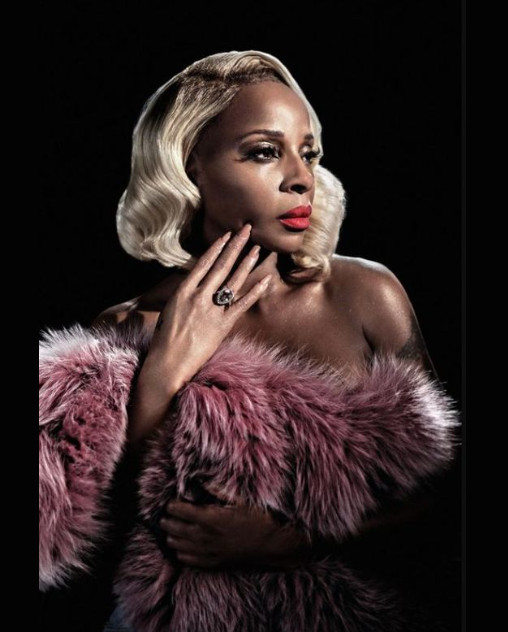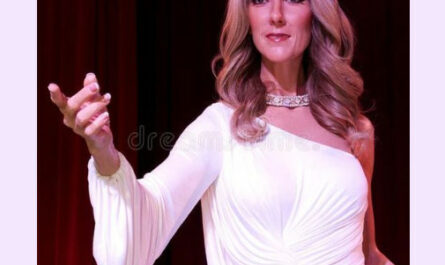Mary J. Blige’s debut album, “What’s the 411?”, released in 1992, wasn’t just a groundbreaking musical moment; it was also a masterclass in smart marketing. This article explores the key strategies that contributed to the album’s phenomenal success and the valuable lessons that modern marketers can learn from Mary J. Blige’s marketing approach.
- Targeting a Previously Underserved Audience
In the early ’90s, the R&B music landscape was dominated by male artists and largely catered to pop sensibilities. Mary J. Blige recognized an untapped market – young black women who craved music that reflected their everyday struggles and empowered them. With her raw vocals, gritty lyrics, and unapologetically hip-hop-infused sound, Blige spoke directly to this neglected audience, giving them a voice through her music.
- The Power of the “411” Hook
The album’s title and lead single, “What’s the 411?”, were nothing short of ingenious. The catchy phrase, a slang term for gossip and insider information, struck a chord with the target audience instantly. It was a relatable question, an invitation to listen to Blige’s stories and share her perspective. The “411” hook not only drew listeners in but also encouraged them to engage with the music on a personal level.
- Building Credibility Through Collaborations
Mary J. Blige, a relative newcomer at the time, strategically collaborated with established hip-hop artists like Sean “Puff Daddy” Combs and Busta Rhymes. These partnerships lent her instant credibility and allowed her to connect with a wider audience within the hip-hop scene. Blige’s collaborations demonstrated the power of strategic alliances in expanding her reach and influence.
- Leveraging Music Videos for Maximum Impact
The music videos for tracks like “Real Love” and “You Remind Me” were groundbreaking in their own right. They featured raw emotion, powerful visuals, and unapologetic portrayals of Black love and femininity. These videos challenged stereotypes and resonated deeply with viewers, further boosting the album’s popularity. Blige’s ability to use multimedia effectively underscored the importance of visual storytelling in her marketing strategy.
- Embracing Authenticity and Vulnerability
One of the most remarkable aspects of Mary J. Blige’s music was her willingness to sing about her own struggles with relationships, poverty, and self-esteem. She didn’t shy away from her vulnerabilities but instead embraced them. This raw honesty and vulnerability connected her to fans on a deeply personal level, making her music feel relatable and empowering. Blige’s authenticity became a cornerstone of her brand and set her apart from her peers.
Lessons for Modern Marketers
Mary J. Blige’s marketing strategy for “What’s the 411?” offers valuable lessons for modern marketers, regardless of their industry:
- Know Your Audience: Identify and understand the needs and desires of your target demographic. Blige’s success was built on her ability to connect with a specific audience.
- Create a Unique and Relatable Message: Develop a message that resonates with your audience and sets you apart from the competition. The “411” hook exemplifies the power of relatability.
- Collaborate Strategically: Partner with influencers or complementary brands to expand your reach and credibility. Blige’s collaborations with established artists elevated her status in the industry.
- Utilize Multimedia Effectively: Leverage different platforms like music videos, social media, and traditional media to maximize your impact. Visual storytelling can be a powerful tool in conveying your message.
- Be Authentic and Transparent: Connect with your audience on a personal level by sharing your story and being true to your values. Blige’s authenticity made her music resonate deeply with her fans.
Conclusion
Mary J. Blige’s “What’s the 411?” marketing campaign wasn’t just about selling an album; it was about creating a cultural phenomenon. By understanding her audience, crafting a relatable message, and embracing authenticity, Blige not only achieved commercial success but also paved the way for a new generation of female artists to express themselves freely and unapologetically. Her marketing strategy remains a timeless case study in the power of understanding your audience and connecting with them on a genuine level. As modern marketers, we can learn invaluable lessons from her journey and apply them to our own efforts to reach and resonate with our target audience.



